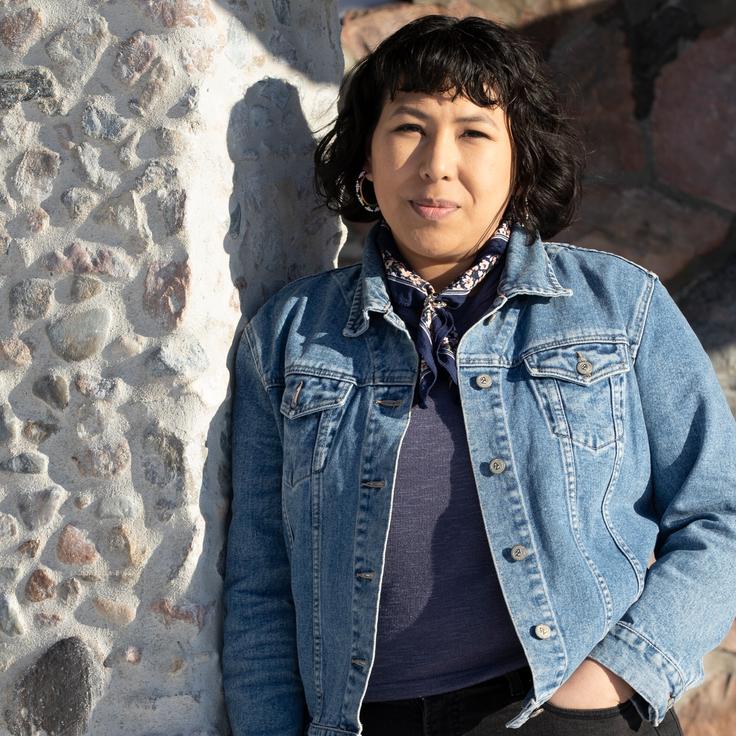Imagine having to drive nine hours away for a medical procedure you’re in desperate need of. As you might’ve heard, this is a shitty new reality for people in the United States living in areas where abortion is banned. But the taxing journey to seeking an abortion has actually been a reality for many Native Americans for quite some time.
Though the 1973 Roe v. Wade decision ushered in an era of protected abortion access, Native Americans didn’t experience the same rights because of federal policies that many believe were meant to control their reproductive liberties. And now that Roe has been overturned and abortion rights are being rolled back all over the country, Indigenous Americans who need an abortion will have an even harder time getting one.
Native Americans’ historic battle for reproductive care is a complex one, partly because the power to create legislation around it is split between the U.S. government and Native law.
And then there’s the very unsavory history that informs some communities’ present-day attitudes on abortion, as The Associated Press recently reported through the stories of April Matson and a friend who both experienced insurmountable hardship while seeking care.
“That’s a lot of barriers,” Matson, who lives in Sioux Falls and is Sicangu Lakota, told AP. “We’re already an oppressed community, and then we have this oppression on top of that oppression.”
In the 1970s, the U.S. coerced sterilization on an estimated 25% of Native people (likely mostly those who lived on a reservation) who could give birth, some as young as 15. Many Native women resisted, and their fight against what was deemed involuntary sterilization was also a fight against a long tradition of the government trying to control and erase them.
This went on even after the Roe ruling, until about 1976. Native tribes carry the trauma of this violence, and there are some tribal leaders and members who believe abortion access will continue to aid in the U.S. government’s tactics to thin the Native population.
And it gets even more complicated. Soon after the Supreme Court’s Roe decision in 1973, the Hyde Amendment was enacted on behalf of anti-abortion congressmen. It restricted the use of federal funds for abortions except in cases of rape, incest or threats to the life of the child-bearing person. In other words, The Hyde Amendment has acted as a pseudo-ban that many hospitals and clinics adhere to, limiting abortion access to the 2.6 million American Indians and Alaska Natives reliant on the federally funded Indian Health Services for health care.
For more than 40 years, Native communities have basically been treated like pawns by politicians who used federal policy to control the reproductive health outcomes of Native people, making it challenging for those part of sovereign nations to achieve full reproductive justice. And now, in 2023, the path for Native Americans to access safe abortions in medical settings is damn near nonexistent.
There are now 13 states with total bans on abortion. States with some of the nation’s highest Native American populations — Oklahoma, North Dakota, South Dakota and Montana — have either completely banned abortion or have expressed a desire to. And a rise in health care services connected to the Catholic Church in these states has made it even more challenging to find accessible abortion care. Native Americans looking to have an abortion in a medical settings have been and continue to bear the financial, mental and emotional costs of taking multi-day trips to states where abortion remains legal.
Native people have been fighting this fight independently for years now. With maternal mortality and teen pregnancy statistics significantly higher than those for white Americans, abortion access for Native communities is long overdue.

